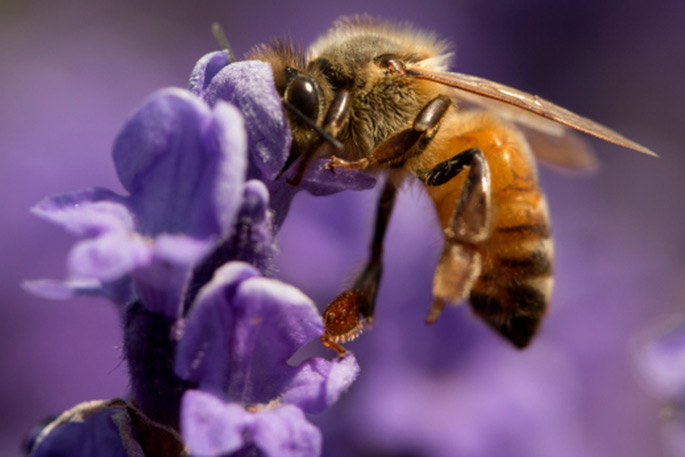New Zealand honey bee population is growing, despite the fact queen problems are at the heart of bee health issues.
The Ministry for Primary Industries and the beekeeping industry have released findings of the inaugural NZ Colony Loss and Survival Survey which demonstrates New Zealand honey bee loss is low on an international scale.
Queen problems are the main contributing factor to the honey bee losses, which averaged 10.73 per cent during the 2015 winter season. This is because 'a well-mated healthy queen drives the reproduction and growth of the colony”, according to the report.
Starvation is the most common cause for colony loss. Weak, unhealthy, and sick bees are less likely to survive wintering, which leads to losses of entire colonies.
The parasitic varroa mite is also one of the biggest challenges to the health of the bee population. Evidence of the mite ranged from 72.7 per cent in Marlborough/Nelson/West Coast area to 28 per cent in Otago/Southland – which is the last region of NZ to be infested by varroa.
Agcarm chief executive Mark Ross says the survey is critical 'not only because it informs us on bee health, but because it allows us to make better choices to protect our bee population and to track changes on colony loss and survival for the future”.
'The report shows we still have some work to do – to make sure our bees are well-fed; freed of varroa; and protected from wasps. But, overall, our bee population is thriving –which is good news especially after all of the overdramatised aspersions on the state of our pollinators.”
As a champion of bees, Agcarm will continue to work with the bee industry to help ensure a healthy bee population.
The survey was conducted in October 2015 by Landcare Research and funded by Agcarm, Ministry for Primary Industries, National Beekeepers Association and Federated Farmers' Bee Industry Group.

